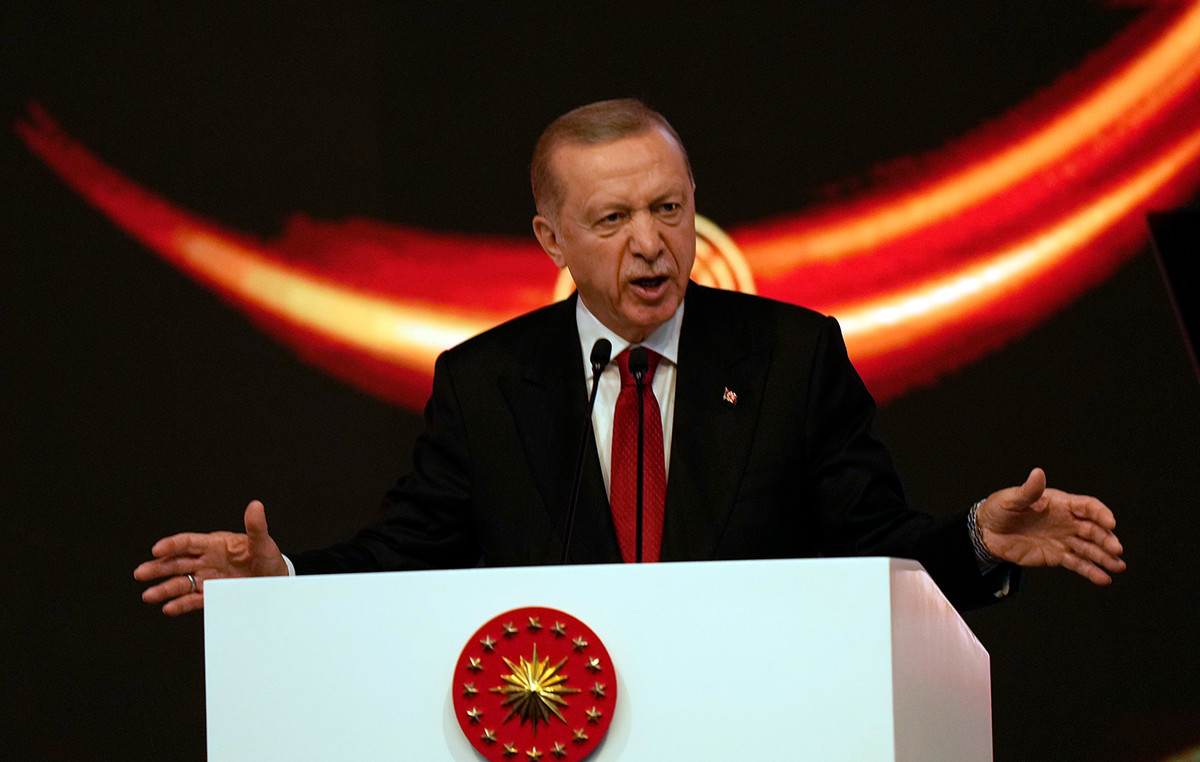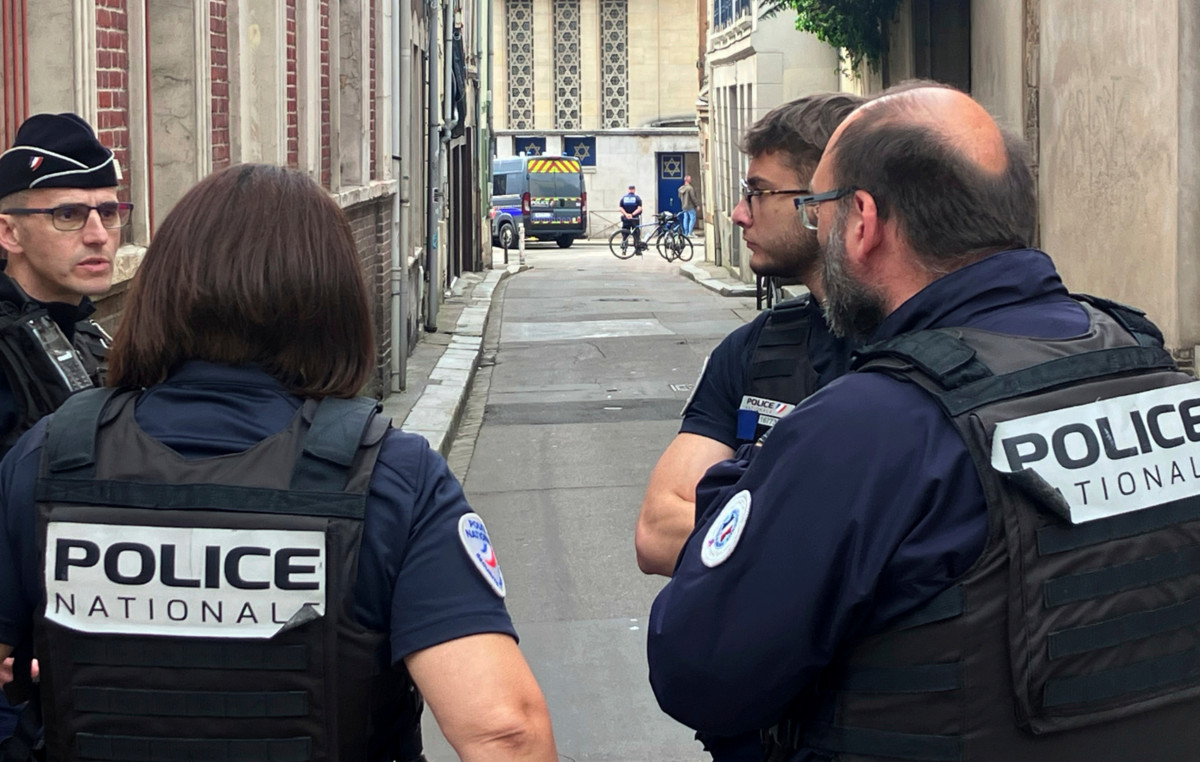Called an environmental hero by the magazine Timephysicist and philosopher, Vandana Shiva, Indian, born in 1952, is one of the most famous and incisive activists in the world. Founder of Research Foundation for Science, Technology and Natural Resource Policy, a research institute that deals with Science, Technology and Sustainability, has been carrying on battles against globalization, against the destruction of biodiversity and the industrialization of agriculture for years. Author of several books, including Who will feed the world? (Feltrinelli, 2015) e From greed to care. The necessary revolution for a sustainable economy (EMI, Italian Missionary Publishing, 2022), has just published the very recent Life is the teacher (Piemme, 2023).
The cover of the book “Life is a Teacher”
We had the honor of being able to ask you a few questions. And she answered us like this.
In recent years you have been involved a lot in agriculture: what is the riskiest thing you have seen and what is the most virtuous thing?
“The world is facing an ecological and climate emergency and a food and health emergency, both largely caused by industrial agriculture. Because of today’s toxic production model, species are going extinct at a rate 1000 times faster than normal and chemical poisons are spreading to every corner of the world. The forests and savannahs of the Amazon and Argentina, so rich in biodiversity, are being destroyed to cultivate GMO soybeans. The most virtuous thing is the alternative to industrial agriculture: farmers who cultivate organically following the principles of agroecology. Organic means integrated, living, holistic. It also means agriculture without chemicals. It is a vision of the world and a set of principles: man is part of a living world, we cannot think of ourselves as separate and certainly man is not the master of nature”.
What could be the tipping point for improvement and what not
return?
«There are two paths for the future of our food and our agriculture. The first is that of
walking with nature, co-creating and co-producing with different species, with the living earth and its complex web of life, with sensitivity, intelligence and care. Each community and culture has co-evolved its own distinctive pathway based on its climates, soils and biodiversity, contributing to the diversity of food and agricultural systems. Nature does not work according to the principle of homogeneity, uniformity and monocultures. We must abide by the “law of return”, i.e. giving back in gratitude, to maintain the ecological cycles of nutrients and water, which are nature’s circular economies on which all life depends. This is the way of the future. The second way is the industrial one, based on fossil fuels and poisons. This way is the way of death. It goes against the principles of nature and life: it violates the principle of diversity and imposes monocultures and uniformity. It is the road to extinction and climate catastrophe, the destruction of small farms, the spread of hunger and chronic disease. All the cultures of the world were forced to go down this violent path under the false pretense that it was the only way to “feed the world”.
She is a great traveller, she sees differences in behavior in different parts of the
world?
“Indigenous communities and cultures around the world share very similar worldviews and have developed most agricultural systems over the centuries. Agriculture is the culture of the land. Respect and care for the earth have sustained societies for thousands of years. Different agricultural systems have evolved in different ecological climates and in different biomes: from mountains to coastal areas, from deserts to rainforests. Cultures do not know homogeneity and uniformity. This was the agriculture we inherited before industrialization took hold. In the Andes, indigenous cultures were growing peanuts, cotton and squash as early as 5,000-9,000 years ago. Andean farmers in Peru and Bolivia developed more than 4,000 varieties of potatoes, grown alongside corn, quinoa, squash and beans. The Aztecs, in 1265 AD, created floating gardens in the lakes of Chalco and Xochimilco which surrounded Tenochtitlan, the capital of the Aztec empire. Native Americans began farming about 7,000 years ago. In Mesoamerica they transformed wild teosinte into a corn/deer variety about 6,000 years ago. In the Middle East, the land of the Fertile Crescent, the earliest evidence of agriculture dates back 23,000 years. In Syria, cereals were already cultivated 9,000 years ago, while figs were cultivated even earlier; prehistoric seedless fruits discovered in the Jordan Valley suggest that fig trees were planted about 11,300 years ago. In Asia agricultural systems evolved 40,000 years ago. Indigenous Indian farmers have transformed a wild herb, Oryza sativa, into 200,000 varieties of rice over time and have developed a great diversity of crops with over 30,000 plants and cultivated more than 10,000 species. These are just a few examples to say that choosing the path of diversity and life, as opposed to the violent one of monocultures and destruction, is our duty towards the Earth and future generations. At stake is not only the biological and cultural diversity of the world, our freedom of seeds and food, but our health and our democracy, our life, our freedom. Our own future as a species.”
From an economic point of view, how could having more socio-environmental attention be beneficial?
«The care of the Earth is the economy of life, the Oikonomia. In a time of ecological and social collapse and disintegration, healing and regenerating the Earth is the basis for restoring the human future. Economies of care are based on the recovery of our minds, our autonomy and our creative potential, to preserve our freedoms and our rights to work in the service of the Earth, our communities and future generations. The economies of care stimulate creative freedom, justice and cohesion. Economies of care are based on the recovery of the commons and public goods – the care of the earth and the sharing of the earth’s common resources: the commons of seeds and biodiversity, water and land, food and nutrition ; the public goods and services that societies have developed through common responsibilities and rights: knowledge, democracy, health, education, energy, transport and housing. Privatization, patenting and the hoarding of the commons are a failed system of a colonial process based on extraction and greed and have no place in caring economies. The financialization and commodification of nature reduces the Earth and its resources to financial assets, now controlled by billionaires and their asset management funds, aggravating the ecological crisis and putting at risk indigenous communities and small farmers who have always cultivated biodiversity and the Earth. Economies of care are based on equality, justice and dignity for all and are at the heart of a living democracy of the people, by the people, for the people. Care economies generate food for all, health for all, work for all. Through healing the Earth, regenerating and healing broken cycles and broken societies, we can make peace with the Earth. Not taking more than we need is an act of peace.”
You have dealt a lot with the interconnection between things: could you give us an example of something absolutely distant that affects something we wouldn’t expect?
«I fear above all the new diseases created by a globalized, industrialized and inefficient food and agricultural model. This model is invading the ecological habitat of other species, manipulating animals and plants with no respect for their integrity and health. Diseases are moving from non-human animals to humans as we destroy the habitat and homes of wildlife. We violate the integrity of species just as we manipulate animals on factory farms and genetically manipulate plants through genetic engineering with viral promoters and antibiotic resistance markers. In recent decades, chronic non-communicable diseases have spread exponentially and killed millions of people. Toxic and industrial food systems are a major contributor to chronic disease. The risks of infectious diseases increase many-fold when combined with the comorbidity of chronic diseases. With the destruction of forests, the transformation of our farms into industrial monocultures for the production of toxic and nutritionally empty products and the degradation of our diets through industrial processing with synthetic chemicals and genetic engineering in the laboratory , we become connected through disease. Instead of being connected through biodiversity within and without, through a continuum of health through and in biodiversity. The richness of biodiversity in our forests, on our farms, in our food, in our gut microbiome, makes the planet, its different species, including humans, healthier and more resistant to pests and diseases.
What do you think of new movements such as Fridays for Future and Ultima Generazione?
«On February 22, 2019, in Paris, I joined the campaign of young climate activists Fridays
for Future, led by Swedish teenager Greta Thunberg, whose continued commitment and perseverance has led her to inspire a generation and help climate change a
gain greater prominence. I spoke to the group of students sitting in a circle on the Place de
l’Opéra and I asked them to speak together with one voice in our rich diversity and mobilize us to defend the Earth and future generations».
A book that you would recommend and that changes perspective?
«Essays on humanism And Ideas and opinions by Albert Einstein are definitely the first books that come to mind. It is a collection of thoughts on humanity and philosophical considerations of this great scientist. Einstein had the ability to connect intuition with scientific skills. It is what I call a “hot science”, not disconnected from humanity, but rather intimately connected. Everyone would like to be someone in their life, to look like someone they think highly of and who inspired them. I wanted to be like Einstein. He gave shape to my life’s dream. I would also like to quote a seminal text by Chakravarthi Raghavan, whom I consider one of my teachers. The book Recolonization: GATT, the Uruguay Round & the Third World denounces corporate globalization as a return to colonial trade. A prophetic vision in a 1990 book that greatly influenced my thinking».
How does she live? What is his daily life?
“Because I live a multifaceted life, I don’t have an everyday life. Every day of my life is different: some days I’m in a village, some days I’m traveling to give a lecture, some days I’m just writing. The only constant is that I eat with awareness and I dedicate myself completely to the situation in which I find myself».
What is closest to your heart right now?
“Peace of mind and health”
If he closes his eyes, how does he see the world in 100 years?
«I have a background in quantum theory and see the world through the lens of uncertainty. The future is not inevitable. There are two possible scenarios for the next 100 years. We can make this earth a beautiful garden of diversity, a home for all species and all people,
satisfying their needs and at the same time regenerating its processes. There is also the possibility that the powerful push the accelerator on the current path of greed, extraction and pollution, extinction and wars. In this case, there is a possibility in 100 years that large numbers of humans will find themselves homeless on a decertified and poisoned planet. Each person’s day-to-day choices help determine which scenario is most likely to be. We are the ones who shape the future».
Source: Vanity Fair
I’m Susan Karen, a professional writer and editor at World Stock Market. I specialize in Entertainment news, writing stories that keep readers informed on all the latest developments in the industry. With over five years of experience in creating engaging content and copywriting for various media outlets, I have grown to become an invaluable asset to any team.







